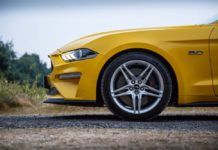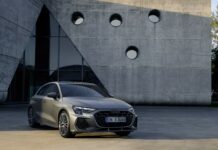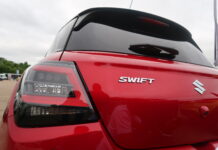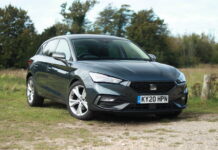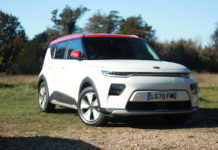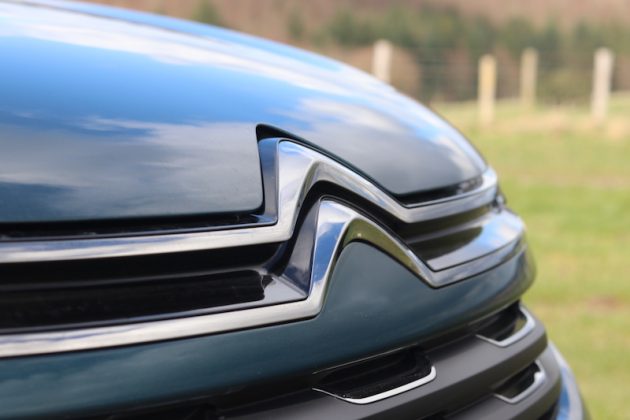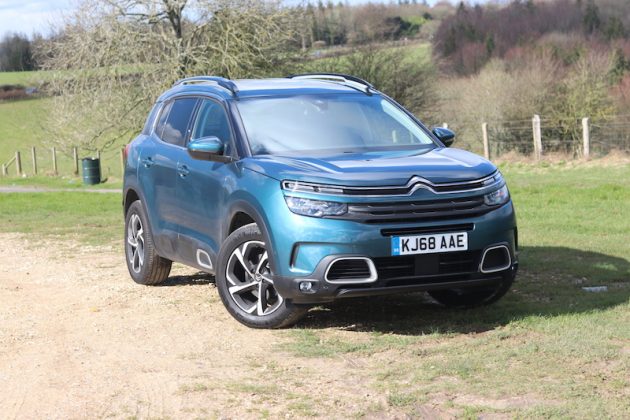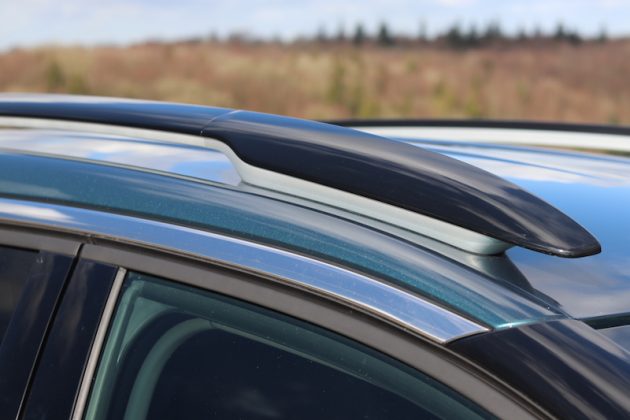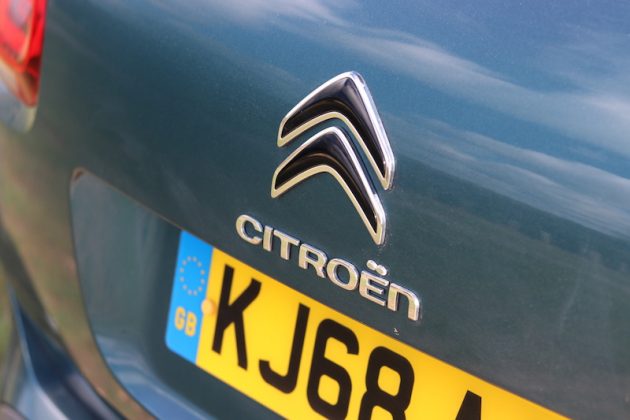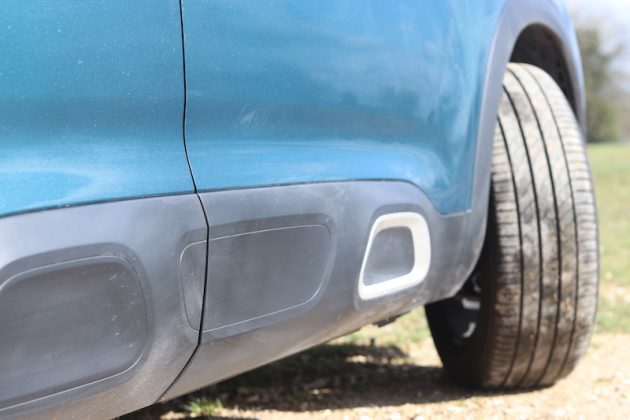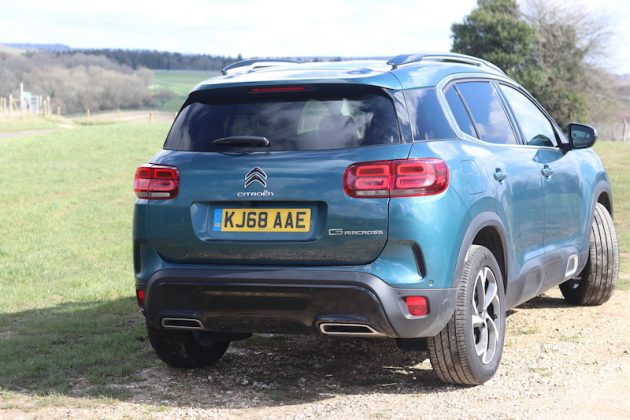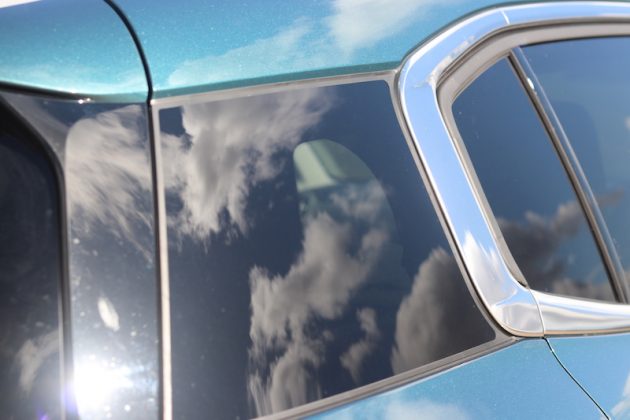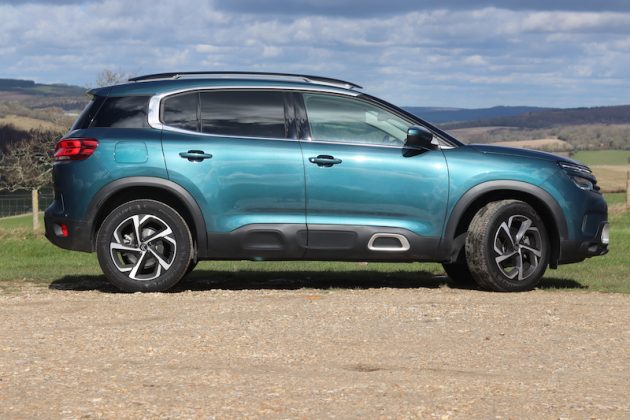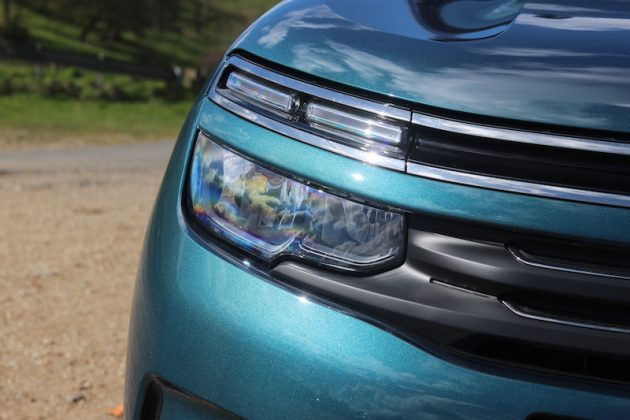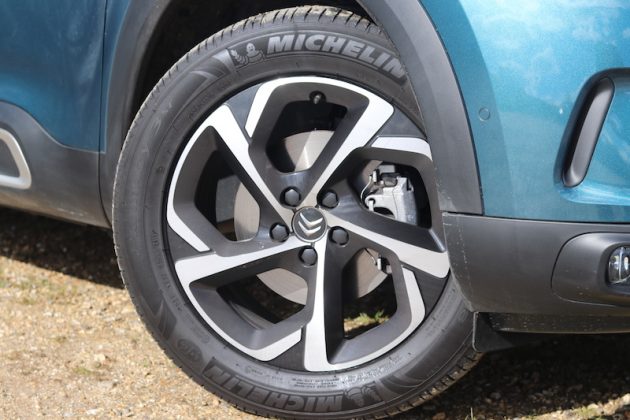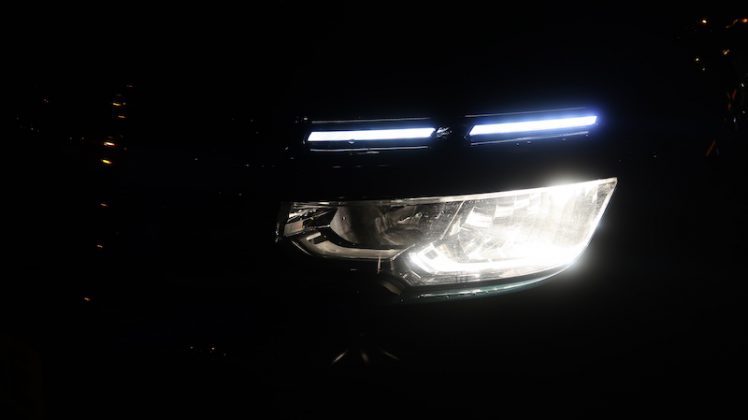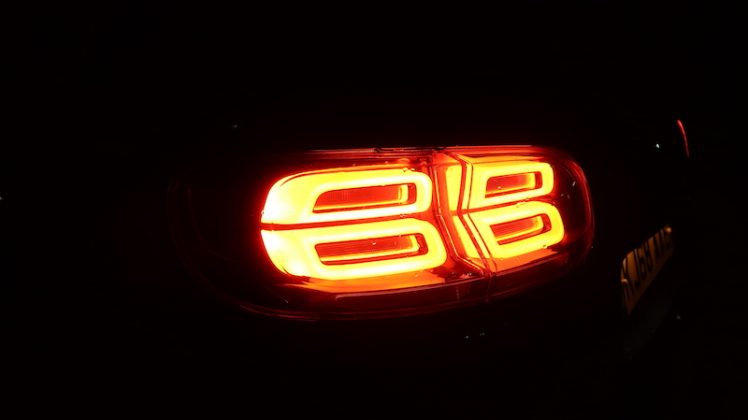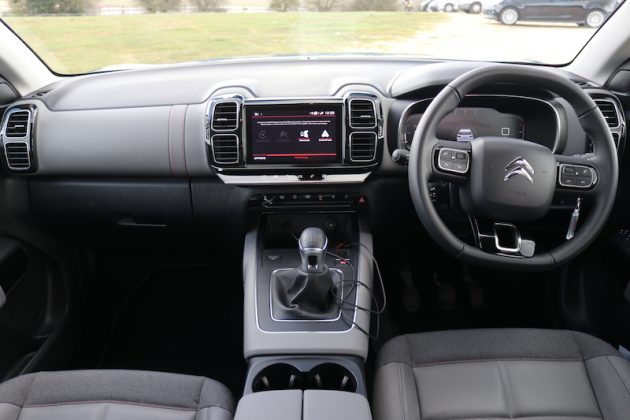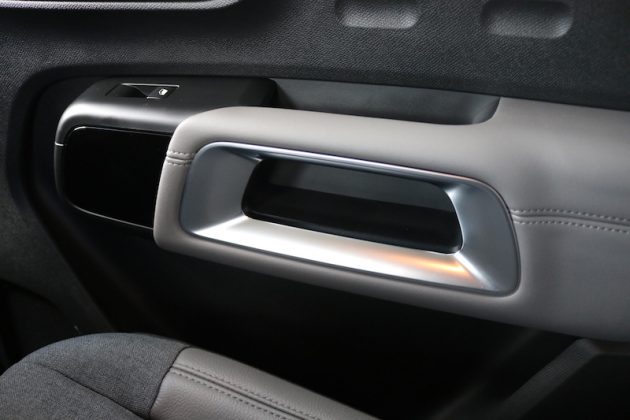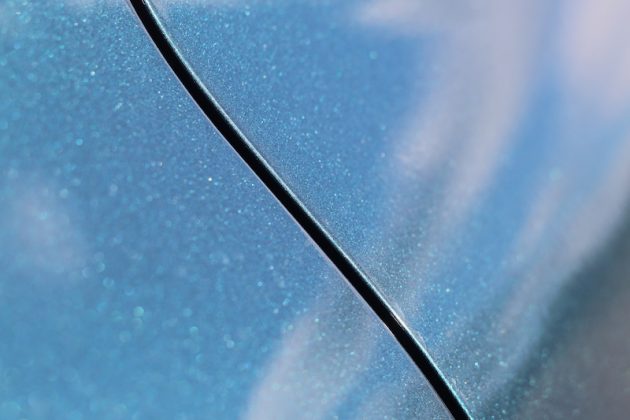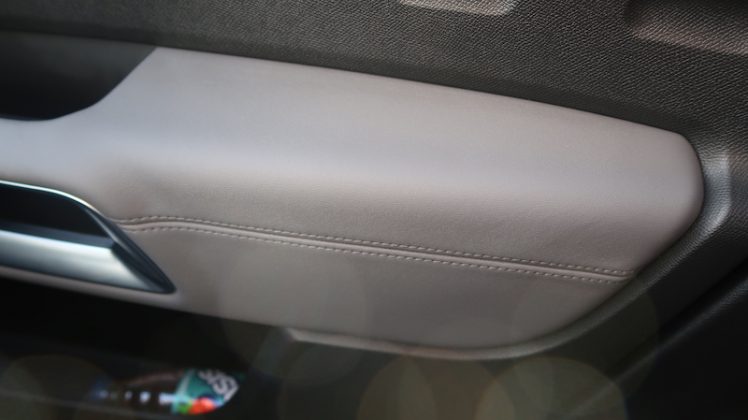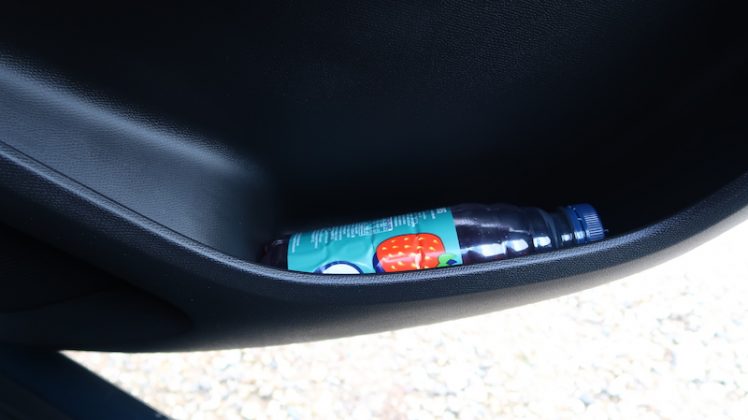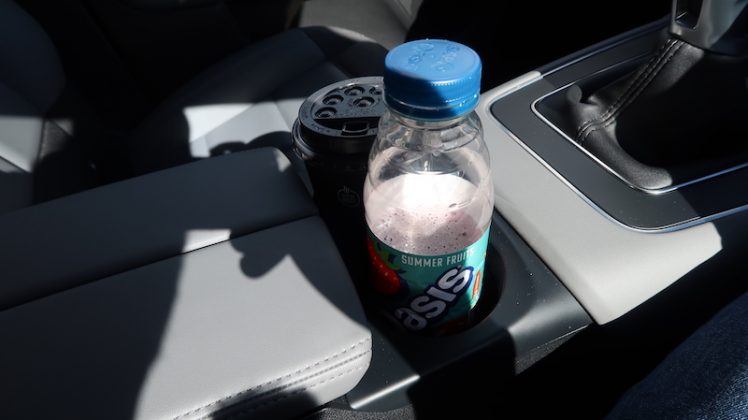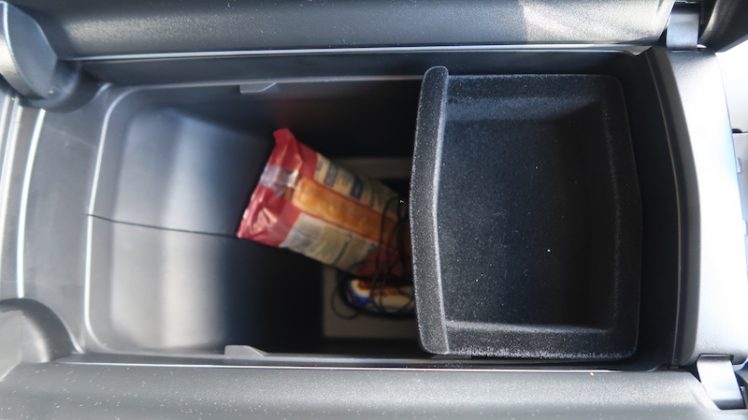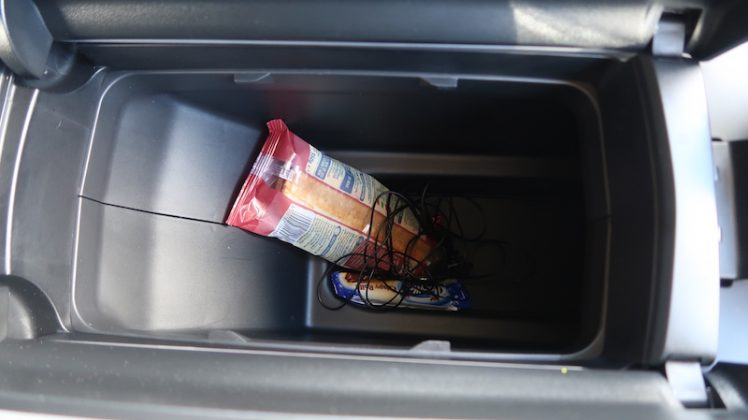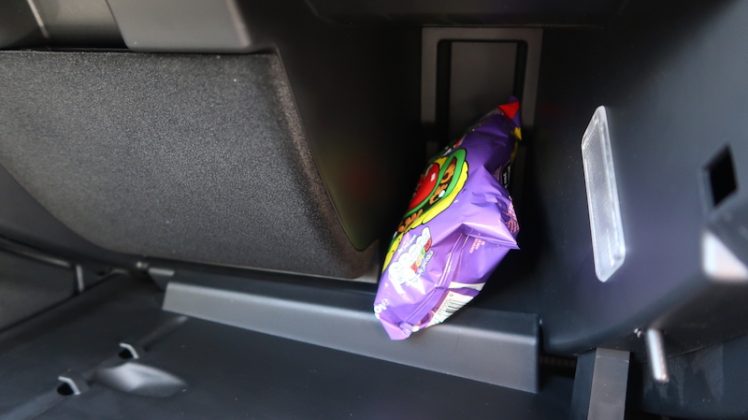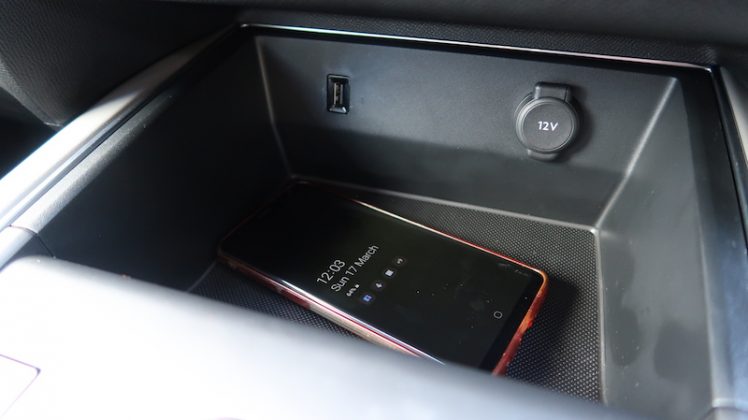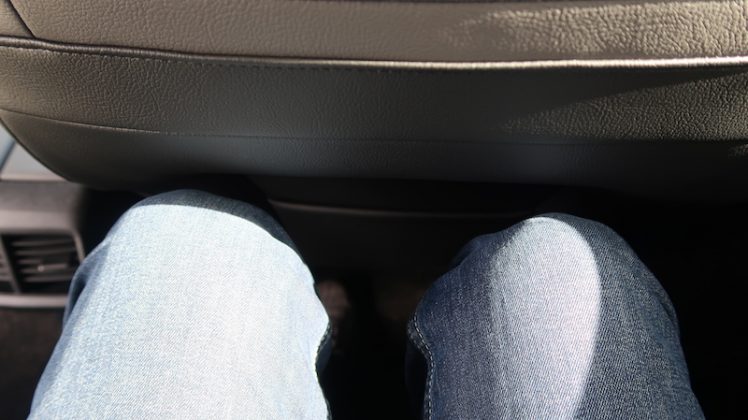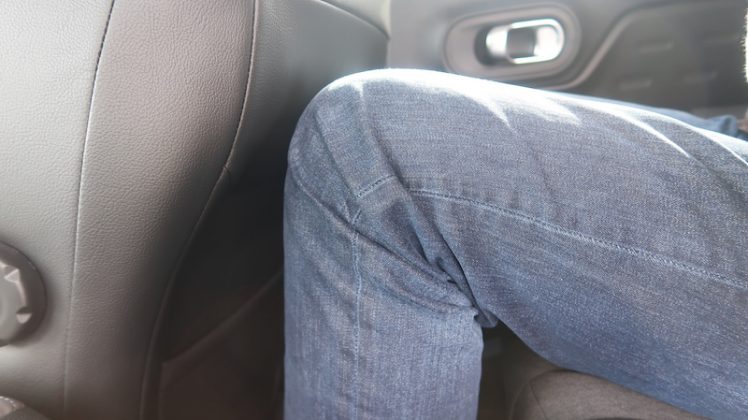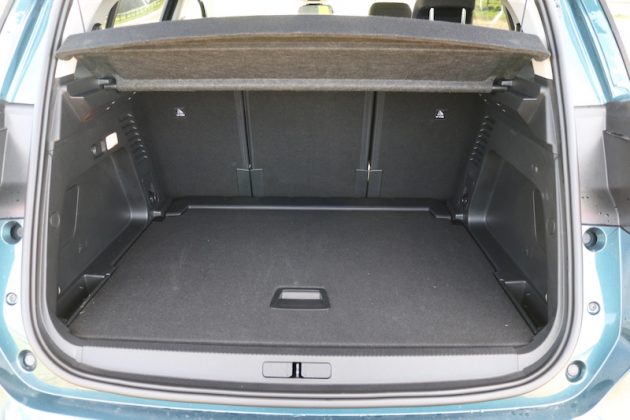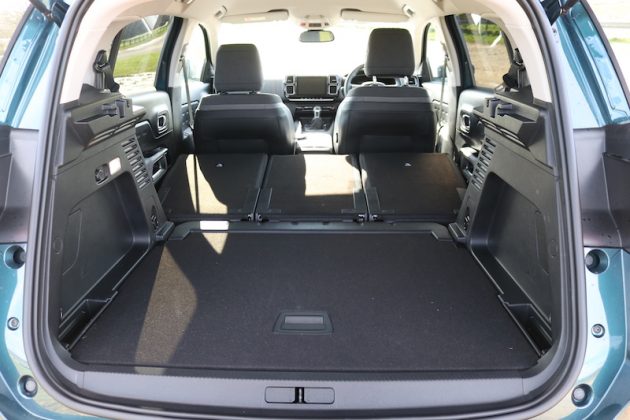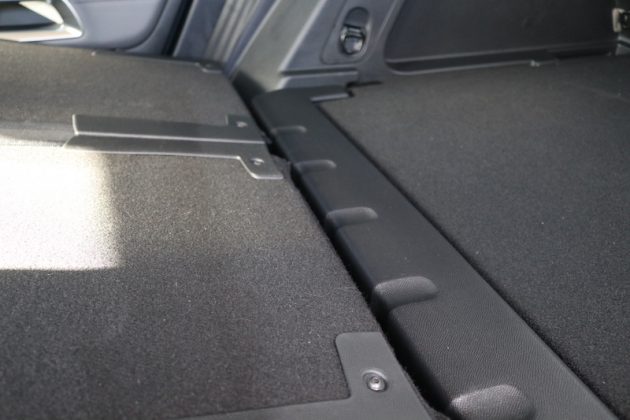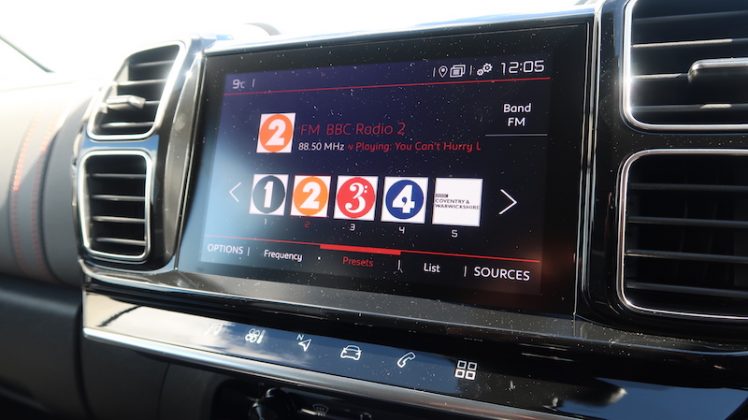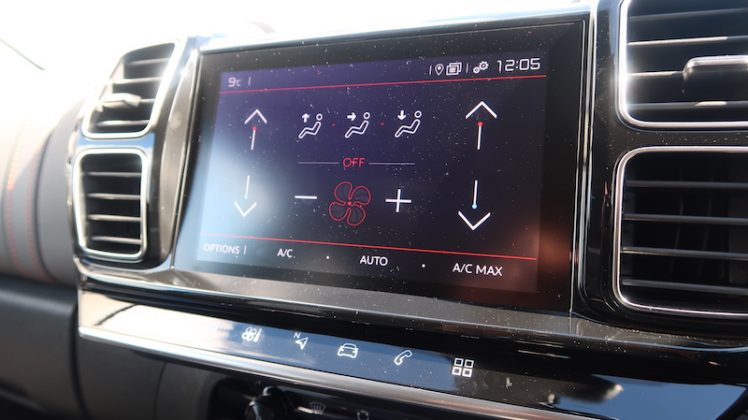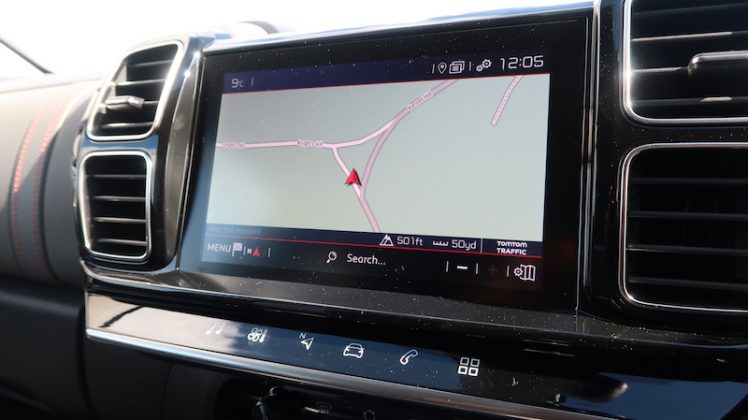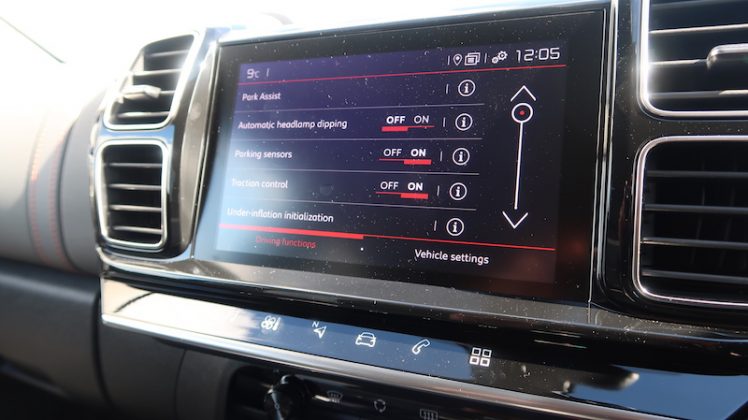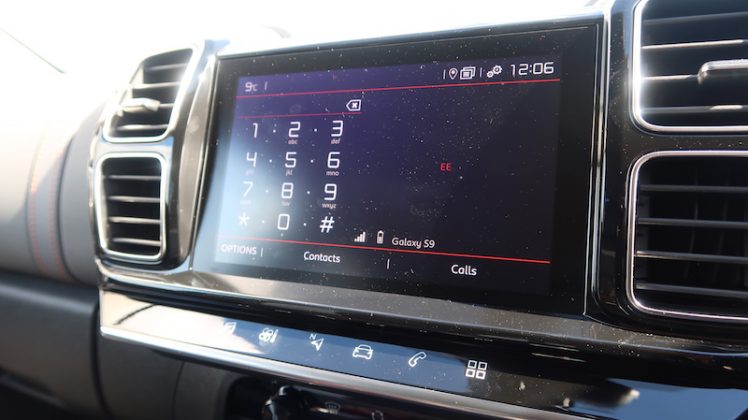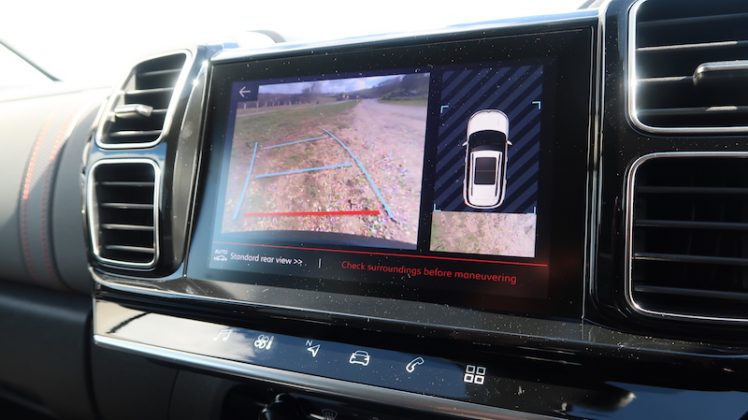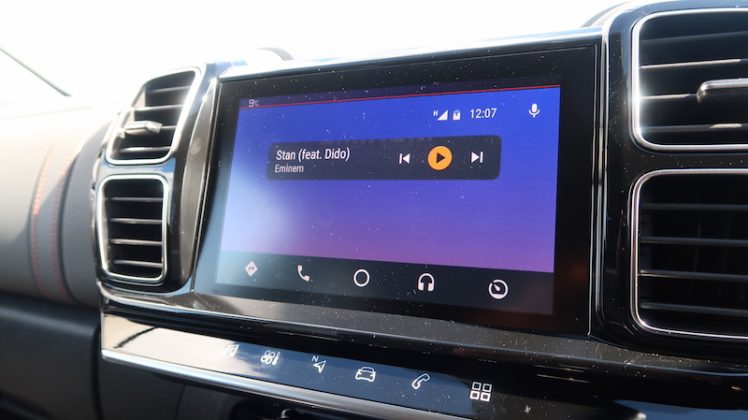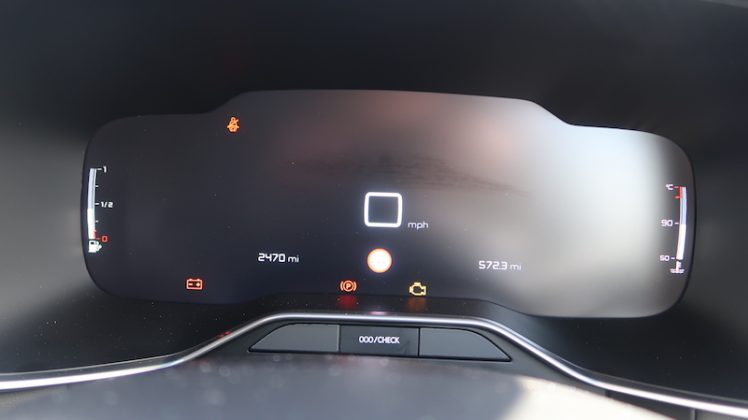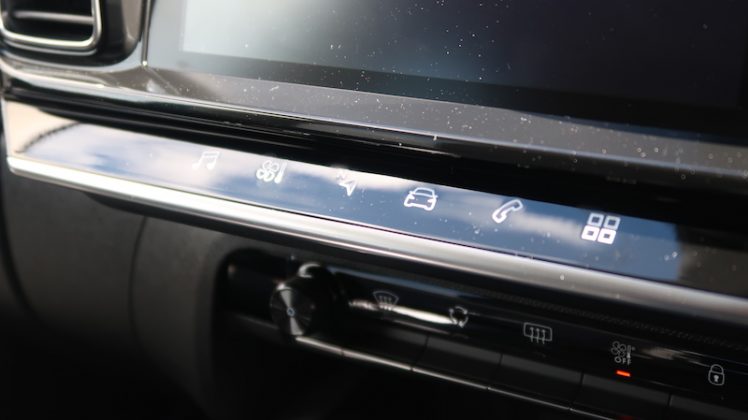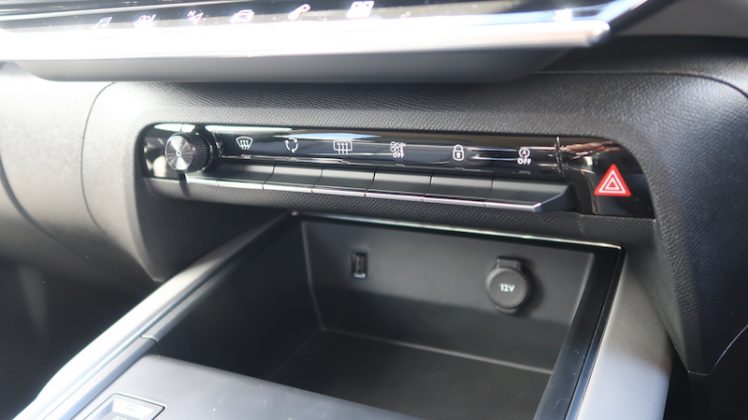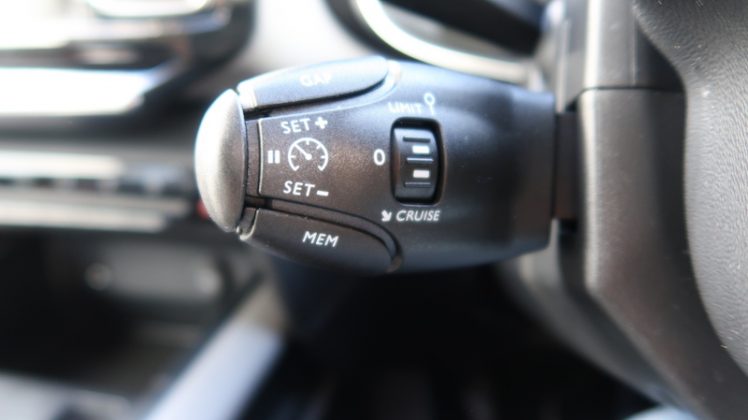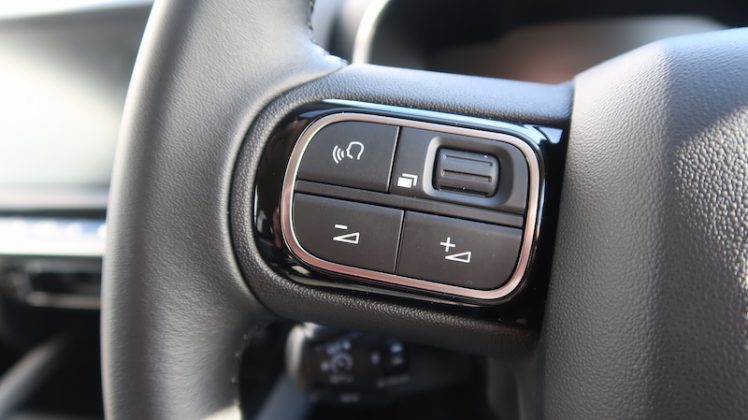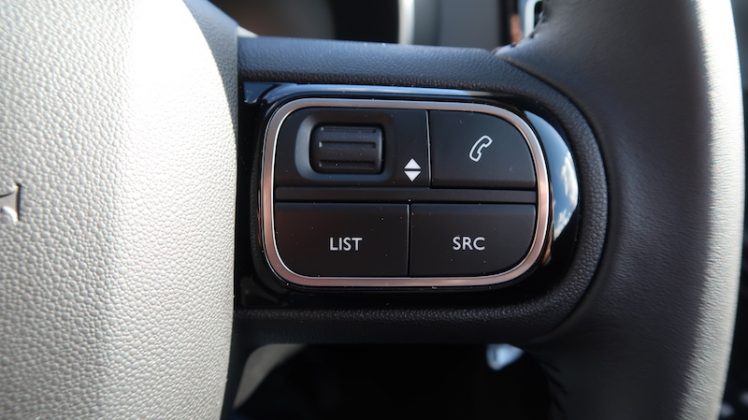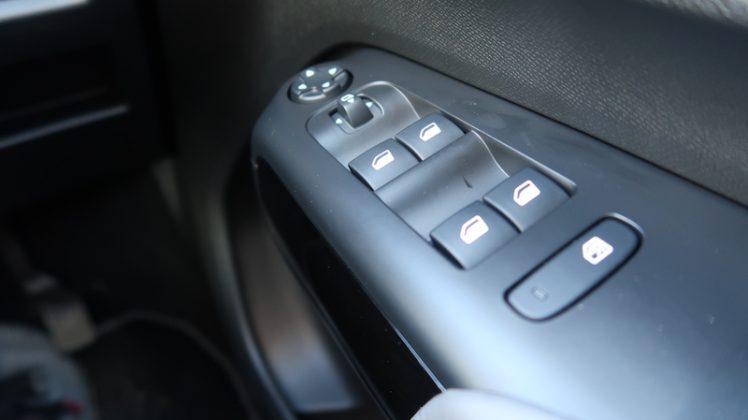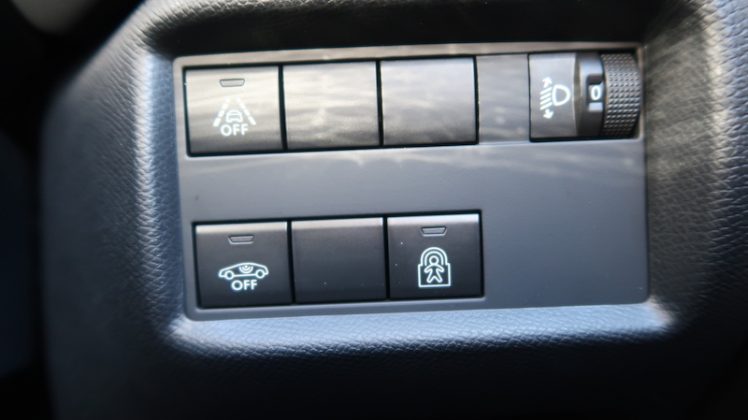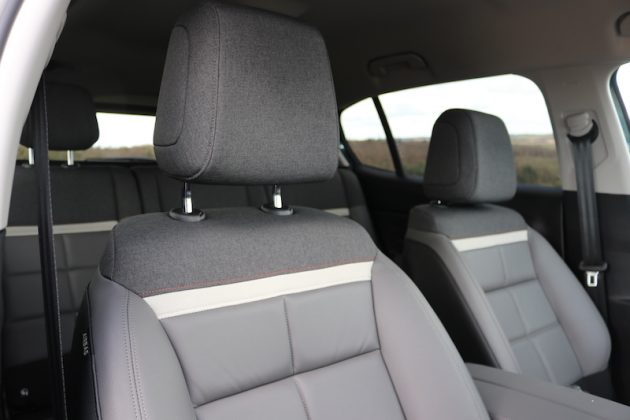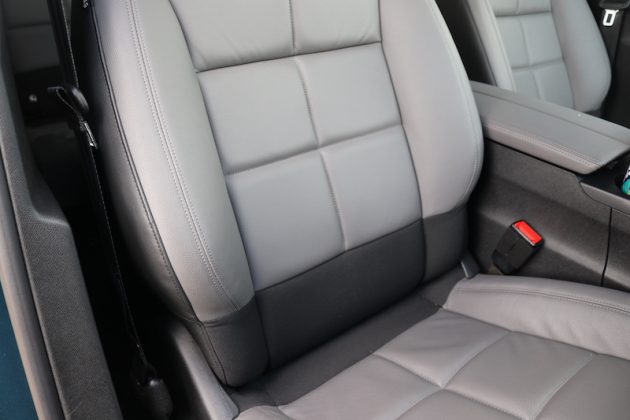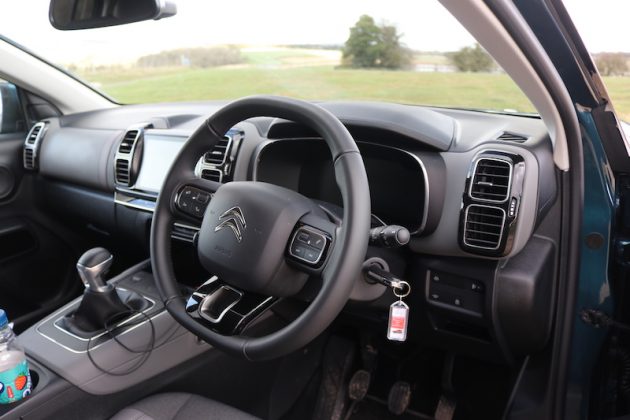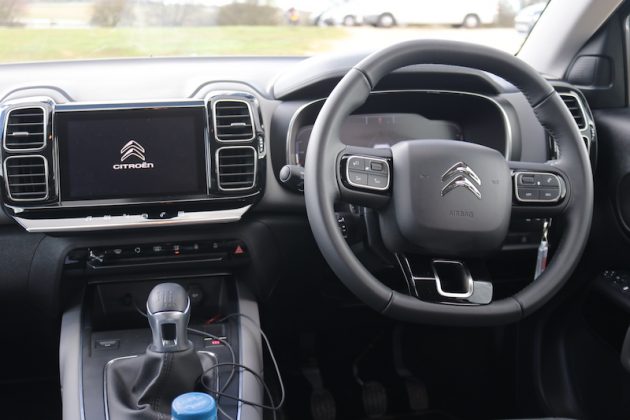Citroen has become renowned for making comfortable cars such as the iconic DS, the niche C6, and more recently, the C4 Hatch. The car in this review should be no different; it’s called the C5 Aircross, and it will go toe-to-toe with the likes of the Nissan Qashqai and Kia Sportage. Is it magnifique, or is it enough to make you shout out sacrebleu?
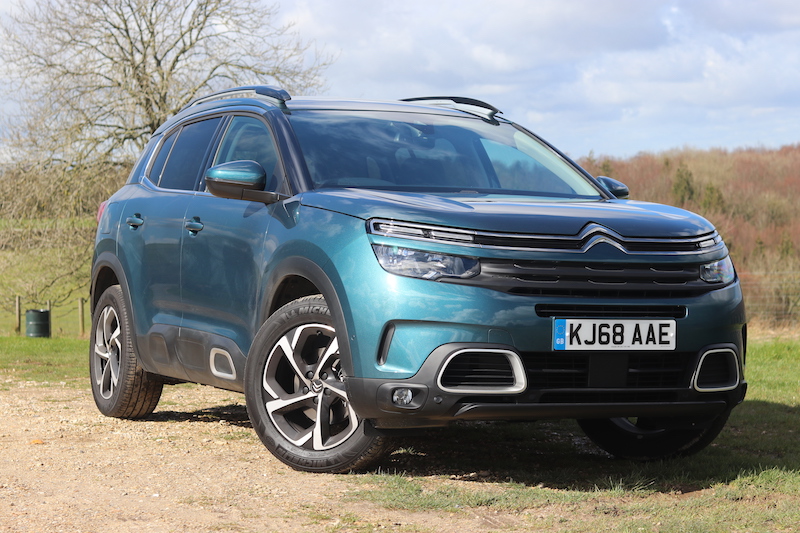
SUV Chic
Well when it comes to styling, I think the C5 Aircross is a stylish car to behold. Where other SUVs go for aggressive, angular lines, the C5 Aircross receives a curvaceous dollop of French style, which has been garnished with 18″ alloys that come as standard, and eye-catching Tijuca Blue paintwork, which is optional.
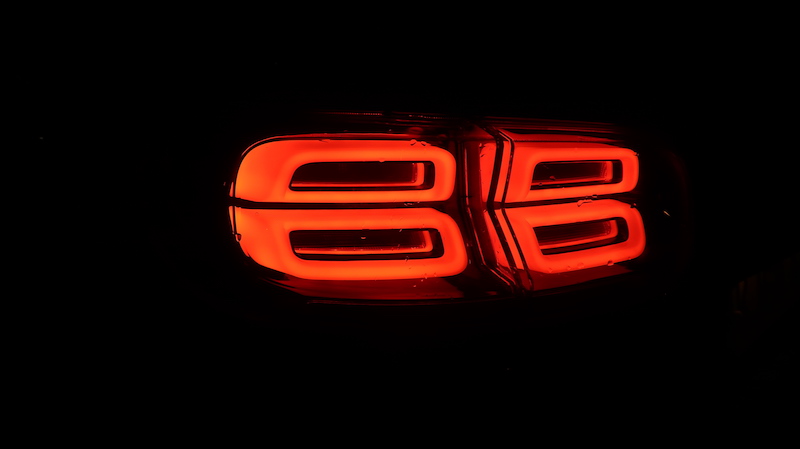
Now before I move on to the cabin, I just want to draw your attention to the rear lights. This may seem like a bit of an odd thing to do, but I really want to highlight the design, because they have a 3D effect and they are powered by LEDs – the result? They look rather enticing when the sun goes down.
The cabin, like the exterior, is a stylish place to be. The car on test was the mid-range Flair model, meaning it has the Advanced Comfort seats as standard, which have a healthy smattering of leather and are like armchairs to sit in. Car manufacturers of the world, this is how you make a comfy car seat.
How spacious/practical is it?
As well as offering a high amount of style and comfort, another reason for opting for the C5 Aircross is practicality. In the front there is a good amount of cubbyholes including decent-sized doorbins, two cupholders in the middle, and a deep slot in front of the gear lever. There’s also a storage compartment underneath this armrest which opens in a rather cool manner to reveal a space that is deeper than some mines. This is just as well as the glovebox, like other Citroen and Peugeot models is, well, tiny.
Getting a good driving position is dead simple as the steering wheel adjusts for rake and reach, plus the driver’s seat is electronically adjustable, making it very easy indeed to get comfortable. The front then, is a nice place to be, but can the same be said for the rear?
Even with a driver’s seat set for my 6’2″ frame, I’ve got ample legroom and knee room, plus there is also a good amount of headroom. What’s better still, is that all three seats in the rear are independent to each other and can all be slid backwards and forwards individually. Could fit three adults in the back? Yes, you can, as all three seats are the same width. In regards to practicality, there’s a decent sized door bin in either rear door, and in the middle there’s a usb port to charge a smartphone or a tablet.
The boot is where the C5 Aircross really comes in to its own though, as it’s pretty big to say the least. Life up the rather heavy tailgate and you’ll be greeted with 580 litres when you have the rear seats slid back, and 720 when you have them slid forward. Need more space? No bother, as you can fold the rear seats down altogether, which will give you a whopping 1,630 litres.
The rear seats fold fairly flat and the load lip on the wide, practical entrance is minimal as well, so this could well be the ideal SUV for those that need to a family car that can double up as a van as well. Also, what’s better still, you actually get a spare wheel, as standard, a bit of a rarity nowadays.
So, it’s practical, spacious, and comfortable, but how does it drive?
Normally I’d start this segment by talking about the engines, but I’m going to break habit here and talk about the suspension. That’s because the C5 Aircross, like the C4 hatchback, has Citroen’s innovative progressive hydraulic cushion system.
To put it in simple terms, Citroen has removed the mechanical bump stops for the suspension and in their place, fitted hydraulic ones. In normal driving they pretty much lay dormant, waiting to be called upon, but they soon come in to force when the the chassis gets disturbed by a pothole or an imperfection in the road.

When needed, the hydraulic system will not only absorb the energy, but also dispose of it. Conversely, a mechanical bump stop does a similar job, but instead of getting rid of the energy, it returns some of it as part of the rebound.
Like the C4, it works very well, and I think it would gravely unfair to call it a gimmick. As I said for the C4, it’s not quite a magic carpet ride, however, it is like floating on a cloud compared to the busy ride of the Kia Sportage I had a few week’s back. Now as you would expect from a car that has been set up for comfort, it’s not overly engaging to drive, but I imagine for most buyers that won’t matter a jot.

However, for those of you that do want to know about the handling, well, it’s so-so. The steering doesn’t offer much feedback, plus I find the weighting and feedback to feel a bit artificial to me. Grip in the corners is perfectly fine, though, but as you would imagine, there’s a fair amount of body lean to be had in the corners.
Anyway, let’s move things on by talking about the engines. There’s a good choice for the C5 Aircross as there’s two petrols and two diesels to choose from. I have got the less powerful out the petrol engines, but it still offers a decent amount of performance. It’s the turbocharged 1.2 litre, three-cylinder PureTech 130 engine, which as the name would suggest, offers…129hp.

Along with that power, the torque produced comes in at 230Nm. Power is mated to the front wheels via a 6-speed manual gearbox, although you can have an 8-speed automatic if you go for the more powerful petrol engine, or one of the diesel engines. The 6-speed manual, like others I’ve used in the PSA Group range is a bit notchy, and isn’t the slickest around. However, I must say, this particular gearbox does feel a little smoother in its operation, although that could just be me.
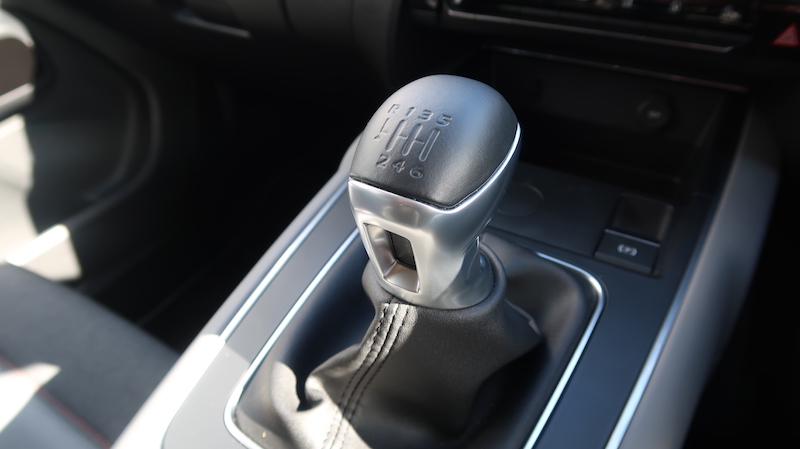
In regards to performance, this car will get to 62mph in 10.5 seconds, and the top speed is 117mph. Those are just numbers of course, but on tarmac, the C5 Aircross makes ground well, and at no point did I find the engine lacking. Plus, with it being a three-cylinder, it makes a nice thrum as you go along.
Speaking of noise, what is refinement like? It’s of a high standard, which really helps to add to the high comfort on offer in this car. There’s a smidge of tyre noise coming in to the cabin, but this has got large alloys, after all. Wind noise is also well controlled, so this car is far from tiring to drive on a long distance. I drove this from London to Norfolk without stopping and I still felt energised upon my arrival.
It’s a pleasant drive, then, but how much will it set you back?
As I’ve mentioned earlier, this is the Flair model, which sits in the middle of the range, and will set you back £25,325, which is a bit more than the mid-range Qashqai but a little cheaper than the Edition 25 version of the Kia Sportage, which a similar amount of equipment. What about the Peugeot 3008? Well a similar spec to this would cost you over £26,000, so the Citroen is doing pretty well here.
What exactly do you get for your money, though? Well, you get 18″ alloys, those wonderful LED rear lights, 8″ touchscreen, DAB radio, Bluetooth, smartphone connectivity, navigation, 12.3″ digital instrument display, dual zone climate control, front and rear parking sensors, reversing camera with around view, automatic lights and wipers, electronically adjustable driver’s seat, plus a good suite of safety systems.
In regard to other trim levels, Feel is the base model, which is priced from £23,225, offering features such as 17″ alloys, 12.3″ digital driver display, 8″ touchscreen, Bluetooth, DAB Radio, smartphone connectivity, rear parking sensors, safety pack and dual zone climate control.
If you’re feeling a bit more flush, you can opt for the range-topping model, which is called ‘Flair Plus’, and is priced from £27,725. On top of the Flair model seen here, the Flair Plus adds 19″ alloys, panoramic roof, keyless entry and smart, wireless phone charging, and hands-free tailgate.
What about running costs?
This engine, on a combined run offers 40.9mpg when using the new WLTP method, and in my experience I was able to get around 40. For those of you looking for more fuel economy, you can of course opt for the 1.5 litre diesel, which offers up to 56.3mpg if you opt for the auto, or 55.1 if you go for the manual.
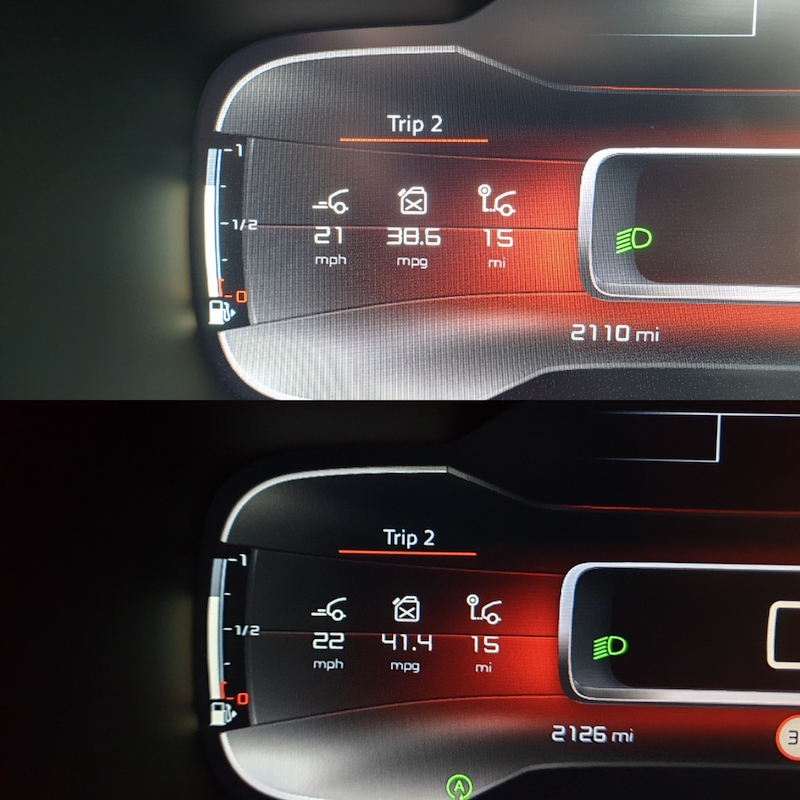
In regard to emissions, the 1.2 litre petrol fitted to this car emits 121g/km of CO2, meaning for the first year of VED you’ll be required to pay £165. However, if you’re watching this video after the 1st of April 2019 then that figure will rise to £170. The 1.5 litre diesel is the one to go for if you want to cut down on emissions as it emits 108g/km when mated to the auto, and 110g/km when you mate it to the manual.
For those concerned about warranty, the C5 Aircross comes standard with a 3 year warranty and if you’re wondering about insurance, this car I’m sat in right now as an insurance group of 17E.
How safe is it?
A family SUV needs to offer a high amount of safety, and this is an area where the C5 Aircross does very well. As standard, buyers will get safety kit such as six airbags, hill start assist, and autonomous emergency braking, but the car is yet to be crash tested by Euro NCAP. However, it’s unlikely to score poorly, so this will be a safe choice for buyers.

Final thoughts
When I drove the C3 Aircross and the C4 Hatch, I never properly bonded with them. The same cannot be said for the C5 Aircross, though, as I quickly grew to appreciate it. As a device for driving enjoyment, this SUV is lacking, but as a device for driving in comfort and style, this will be a very difficult car to beat in its class.
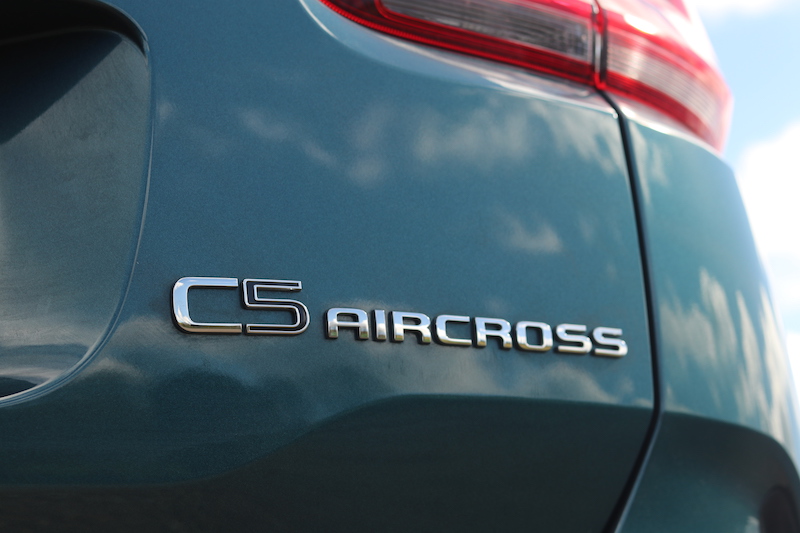
On top of that, it offers bags of space, a healthy amount of practicality, strong levels of safety and decent value. I really do think this car has a lot to offer buyers and I’ll be sadder than I’d thought I be to hand it back. Le Citroen C5 Aircross? C’est magnifique
Car Obsession Rating:  (4.5 / 5)
(4.5 / 5)
Pros:
- Full of style
- Very comfortable
- High level of safety kit and tech
- Spacious and practical
- Good engine choices
- Decent value
Cons:
- Not the most engaging to drive
- Tiny glovebox
- Peugeot 3008 feels a bit more upmarket inside
Rivals
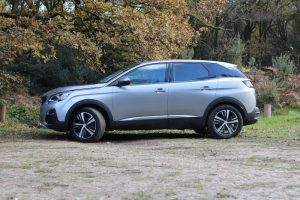 Peugeot 3008
Peugeot 3008
One of the biggest threats to the C5 Aircross is to be found within its own family – the Peugeot 3008. This is a car that follows a similar ethos, although it’s not quite as comfortable as the Citroen, and it’s more money to buy. However, the cabin has a classier look to it, and the outside style is also a bit more premium.
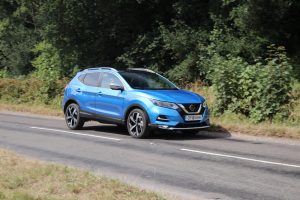 Nissan Qashqai
Nissan Qashqai
You know all about the Qashqai; it’s the been best-selling SUV in the UK for as long as I care to remember. Like the C5 Aircross, it’s a fine looking car, but it’s more enjoyable to drive, although ride comfort falls down as result. It’s not as spacious either, but it is a little cheaper.
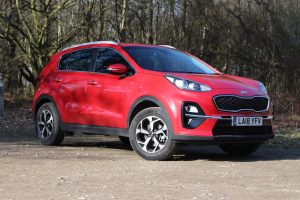 Kia Sportage
Kia Sportage
The Sportage is also a popular SUV like the Qashqai, but compared to the C5 Aircross, the ride is a smooth as riding an office chair down a flight of stairs. However, it offers good value, good looks, and of course, a seven year warranty.

